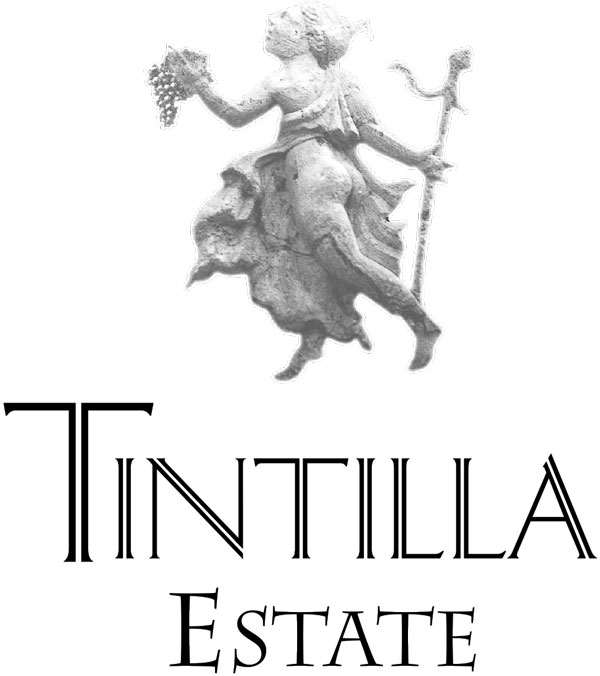
‘Bob’s Blog’ The Legends Harvest lunch
At the recent end of harvest Legends Lunch here in Pokolbin we were all asked to bring a Hunter wine of interest so among 13 of us gathered, there was a grand selection of old and not so old wines. Now we do tend to have palates that enjoy and can be forgiving of older wines and we tend to look for the positives in the offerings. Indeed it’s often the story behind the wine that creates the interest.
The white bracket from oldest to youngest was examined with the usual “Semillon is best” perspective and it did not disappoint.
But first the 1988 Robson Chardonnay from Mount View, it had a good cork and had an interesting aged nose, it was a honey yellow colour from ageing and natural oxidation, and had interesting flavours, an almost ripe fruit and sherry like aspect that we have come to expect in older white wines. Now it was well past its prime but was made in those exciting times when the Chardonnay wines were emerging as an alternative to red wine. They were big and buttery and rather heavy on oak- all this was to attract the taste buds of dedicated red wine drinkers and it worked. However this style was not to last and gradually the consumers and wine makers looked around for a better way to produce Chardonnay. An old review of Robson Chardonnays noted “the oak character can over-whelm the fruit when young, but age brings integration, and integration brings depth “. Indeed a similar old review of Tyrrells early Chardonnay’s noted the use of small oak barrels which again would have given a notable oak character. I had purchased the wine from Murray Robson who was busy signing his labels and took the wine with me, not using his “famous storage facility”, those many years ago!
Today the approach to Chardonnay has changed, we pick the grapes earlier with lower alcohol potential, we use less oak by maturing the wine in larger old and new 500l barrels, don’t stir the lees and avoid malolactic fermentation (read- less buttery character). A leaner, fresher, slightly fruiter, brighter wine with good line and length is usually the result. Some say it is more like Chablis but I think it is emerging as a truly Australian style of Chardonnay.
Next we had a 1997 Tyrrells vat 1 Semillon, under cork, it was clear to look at but lacked freshness indeed one of our members felt it had a bitter aspect though unmistakably Semillon -it could pass as just an ageing, possibly slightly oxidized wine but enjoyable none the less. Our leader Ian Napier who brought this wine took the precaution of bringing two bottles and the second was an outstanding Hunter Semillon with 20 years of ageing and not a hint of premature oxidation, thus highlighting the variability and difficulties of cork closures.
The late 1990’s saw a peak in the difficulties with Cork. Our Tintilla 1998/9 Semillons showed a large proportion of premature oxidation despite having used what were supposed to be top quality corks, and we were not alone in the valley. This was not cork taint due to the chemical PCA but rather premature oxidation (premox) of the wine which we attributed to poor corks. Most of the wine had to be discarded.
The European producers of cork during the 1990’S had unprecedented demand as many new world wineries came on line and old world production increased such that many corks were not up to scratch.
